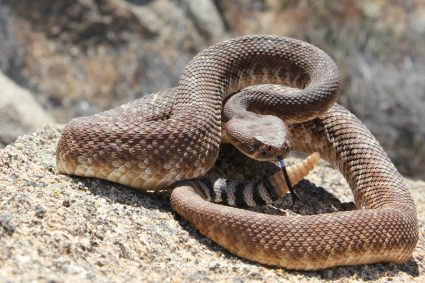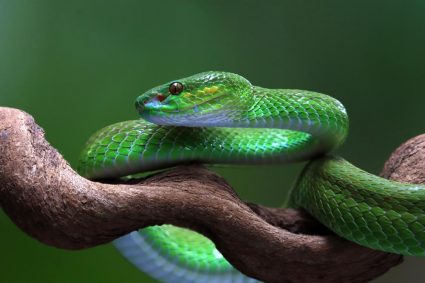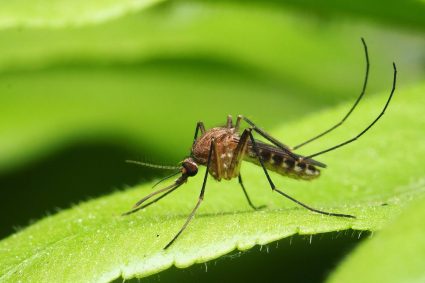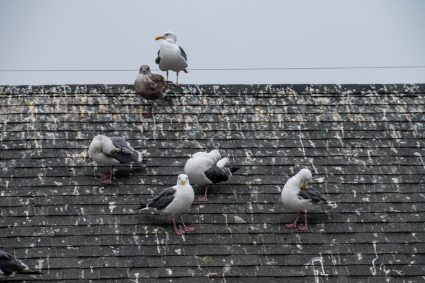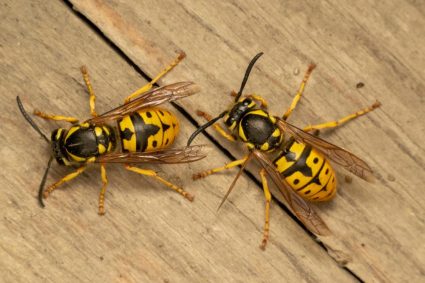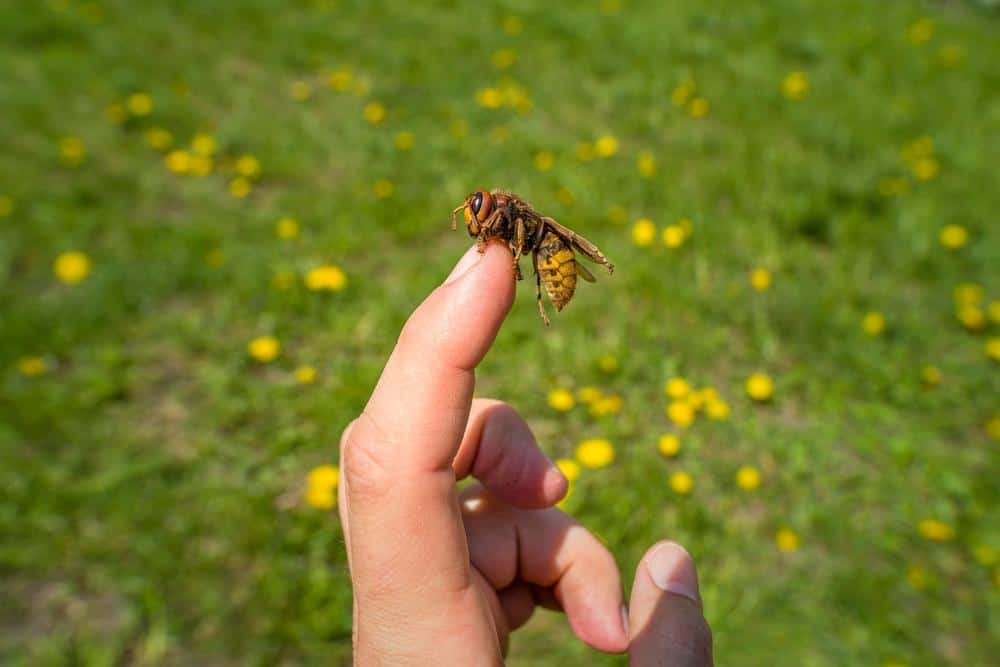
Yellow jackets are small vespid wasps known for their aggressive nature and painful stings. While these insects can be beneficial in controlling other pests, their presence can be a nuisance, especially during outdoor activities. If you’re looking for a natural way to repel these unwelcome guests, certain plants can do the trick. In this article, we’ll explore various plants known to repel yellow jackets and how to grow and care for them.
Several plants are known to repel yellow jackets due to their strong scents or other properties. These include lavender, marigold, eucalyptus, citronella, sage, rosemary, wormwood, mint, basil, lemongrass, thyme, peppermint, pennyroyal, geranium, trumpet vine, and clove tree. However, these plants alone may not completely eradicate yellow jackets, and other preventative measures should be used in conjunction.
Understanding Yellow Jackets
Yellow jackets belong to the genera Vespula and Dolichovespula. They are carnivorous insects that primarily feed on other insects like flies and bees, but they can also be attracted to meat, fruit, and sweet drinks, making them common uninvited guests at picnics and barbecues. Unlike other stinging insects, yellow jackets can both sting and bite multiple times, as they don’t lose their stinger. Their stings can be painful and even deadly for individuals who are allergic.
Plants That Repel Yellow Jackets
Several plants are known to effectively repel yellow jackets due to their strong scents or other properties that these insects find unappealing. Here are some of the most effective plants for repelling yellow jackets:
- Lavender: Known for its calming scent, lavender is a great deterrent for yellow jackets and other pests. It’s also relatively easy to grow and care for.
- Marigold: Marigolds emit a strong odor that many pests, including yellow jackets, find unpleasant.
- Eucalyptus: The strong scent of eucalyptus is known to repel many insects, including yellow jackets.
- Citronella: Often used in insect-repelling candles, citronella can also be grown in your garden to deter yellow jackets.
- Sage: This herb’s strong smell can deter yellow jackets and other pests.
- Rosemary: Rosemary’s potent aroma is unappealing to many insects, making it an effective repellent.
- Wormwood: Wormwood is a potent plant that can deter a variety of insects, including yellow jackets.
- Mint: Mint has a strong scent that yellow jackets tend to avoid. However, it can be invasive, so consider planting it in containers to control its spread.
- Basil: This popular culinary herb also doubles as a yellow jacket repellent.
- Lemongrass: Known for its citrusy scent, lemongrass is a natural repellent for many insects.
- Thyme: Thyme’s strong aroma can deter yellow jackets and other pests.
- Peppermint: Similar to mint, peppermint’s strong scent can repel yellow jackets.
- Pennyroyal: While pennyroyal is toxic if ingested, its strong minty aroma can deter yellow jackets.
- Geranium: Geraniums produce a scent that yellow jackets find unappealing.
- Trumpet Vine: While it’s a beautiful addition to any garden, the trumpet vine’s nectar is toxic to yellow jackets.
- Clove Tree: The strong, spicy scent of clove can deter many insects, including yellow jackets.
Remember, while these plants may deter yellow jackets, they won’t completely eradicate them. If you have a severe infestation, it’s best to contact a professional pest control service.
How to Grow and Care for These Plants
Most of these plants require well-draining soil and a good amount of sunlight. Watering needs vary, but most prefer the soil to dry out a bit between waterings. Each plant has specific requirements, so it’s best to research each one before planting.
Combining Plant Repellents with Other Measures
While these plants can help deter yellow jackets, they should be used in conjunction with other preventative measures for the best results. This can include keeping food and drinks covered, using traps or baits, and maintaining clean outdoor living areas.
The Takeaway
Using plants to repel yellow jackets is a natural, eco-friendly way to keep these pests at bay. However, it’s important to remember that these plants are not a foolproof solution. Make sure to combine this strategy with other preventative measures for the best results. Happy gardening!
Frequently Asked Questions
Can these plants harm yellow jackets or other insects?
Most of these plants do not harm yellow jackets or other insects. They simply produce scents or substances that yellow jackets find unappealing, causing them to stay away. However, the trumpet vine’s nectar is toxic to yellow jackets.
Can I use any of these plants indoors to repel yellow jackets?
Yes, plants such as lavender, rosemary, and mint can be grown in pots and kept indoors to help repel yellow jackets. However, remember that yellow jackets are primarily outdoor pests, so indoor plants will have a limited effect.
Do these plants also deter other pests?
Yes, many of these plants can also deter other pests. For example, lavender and marigold are known to repel mosquitoes and aphids, respectively. Eucalyptus and citronella are effective against a wide range of insects.
Can these plants attract other undesirable pests?
Some plants may attract certain pests while repelling others. For instance, mint can attract aphids. It’s important to research each plant and consider its overall impact on your garden ecosystem.
What other natural methods can I use to repel yellow jackets?
Other natural methods to repel yellow jackets include using essential oils (like peppermint or citronella), vinegar traps, and diatomaceous earth. Always remember to keep your outdoor spaces clean and free from food residues, as these can attract yellow jackets.

